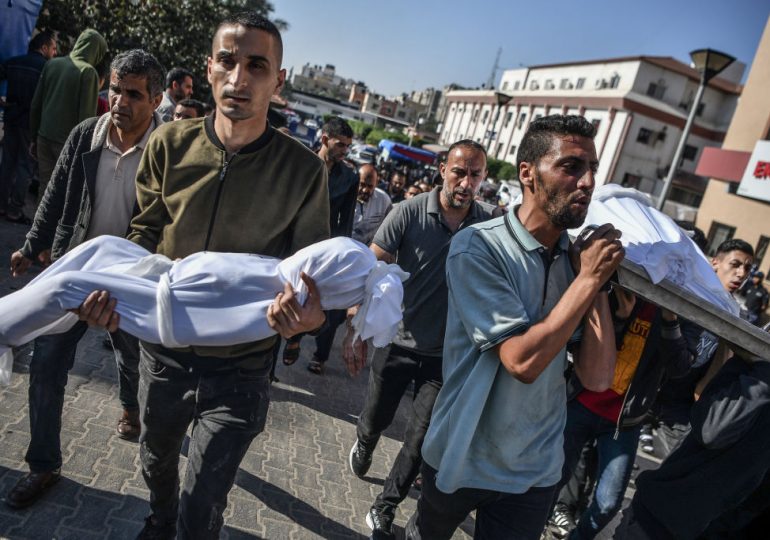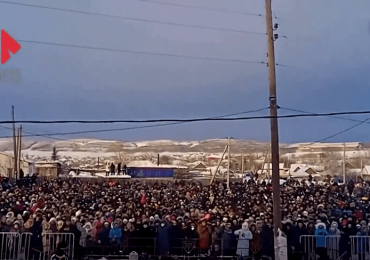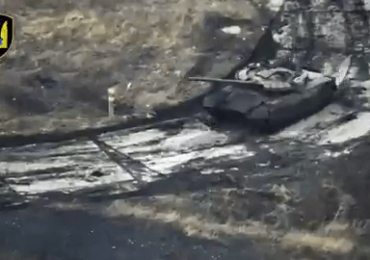In the past three weeks, more than 1,400 people in Israel and 7,000 Palestinians have been killed amid fighting between Israel and Hamas. That is, if you believe the casualty figures coming out of the region. This week, U.S. President Joe Biden suggested that the Palestinian death toll in Gaza, which has been under heavy bombardment by Israel following Hamas’s Oct. 7 massacre, is not to be trusted.
[time-brightcove not-tgx=”true”]
“I’m sure innocents have been killed, and it’s a price of waging a war,” Biden said at a press conference on Wednesday. “But I have no confidence in the number that the Palestinians are using.” The President didn’t offer further evidence for his skepticism of the death toll figures coming out of Gaza, which the U.S. State Department cited both internally and publicly, in the latter case as recently as March. (When asked to provide evidence to support Biden’s statement, the White House referred TIME to comments made by U.S. National Security Council spokesperson John Kirby, who on Thursday reiterated the President’s assertion that the death toll cannot be taken “at face value” because the “Gaza Ministry of Health is just a front for Hamas.”)
Gaza’s health ministry on Thursday answered Biden with a list of the dead. The 212-page document provided the name, age, sex, and official identification number of 6,747 people that Palestinian officials say have been killed in Gaza since Israel began its airstrikes there on Oct. 7. “Let the world know that behind every number is the story of a person whose name and identity are known,” ministry spokesperson Ashraf al-Qudra told the press on Thursday. (The document notes that this list does not include the 281 dead who have yet to be identified.) TIME has not been able to independently verify the list.
Read More: ‘Our Death Is Pending.’ Stories of Loss and Grief From Gaza
The publication of the document appeared to be a direct challenge to Biden’s comments and the skepticism of Gaza’s health ministry, which like all other government ministries in the besieged enclave, fall under Hamas’ leadership. (The militant group seized control of Gaza from its rivals in the Fatah-led Palestinian Authority, which governs the West Bank, in 2007.) While some have argued that Gaza’s health ministry does not distinguish between combatant and civilian deaths in its tallies, others are now suggesting that it may even be embellishing the numbers.
“Hamas has a clear propaganda incentive to inflate civilian casualties as much as possible,” Luke Baker, a former Reuters bureau chief who led the organization’s coverage of Israel and the Palestinian territories from 2014 to 2017, said in a recent X thread. (Baker declined to comment to TIME.) Like Biden, Baker does not dispute that civilian deaths have occurred. Rather, he says that the extent of the death toll is unverifiable and that those tasked with tracking casualties in Gaza may not be able to do so freely. “Any health official stepping out of line and not giving the death tolls that Hamas wants reported to journalists risks serious consequences,” Baker said.
Although Gaza has been under Hamas’ rule since 2007, this is the first time that the reliability of the enclave’s health ministry has been so prominently called into question. News outlets and international organizations and agencies have long relied on Israeli and Palestinian government sources for casualty figures. While they do so partly because they are unable to independently verify these figures themselves, it’s also because these statistics have proven accurate in the past. “They have access methodologically to sources of information that nobody else has—access to data from morgues, from hospitals—and that’s ultimately going to be the most reliable way to count casualties,” Omar Shakir, the Israel and Palestine director at Human Rights Watch, says of Palestinian health officials in Gaza. He notes that when Human Rights Watch has conducted its own investigations into individual strikes, “there have been no large discrepancies between those numbers and the numbers produced by the Gaza health ministry.”
While keeping track of the numbers of dead and wounded may seem like a particularly arduous task amid the latest bombardment, which has seen thousands of buildings destroyed and more than 1 million of Gaza’s 2.2 million people displaced, there is a process by which Palestinians track their casualties. “After every war, a list is issued with names, gender, age, and ID number—and that happens for a reason, because you need to issue official death certificates,” says Nour Odeh, a Ramallah-based political analyst and former journalist, noting that this process enables families to deal with issues such as inheritance and custody of children whose parents have died. “This is not done by political figures; this compilation is done by health professionals… There is a very concerted effort to do that in Palestine and, unfortunately, there’s a lot of practice.”
Of the five Gaza wars that have taken place since 2008, this one is by far the deadliest. But Shakir says that the fatalities are not surprising, given the intensity and scale of the bombardment. “The numbers that we’re seeing of casualties are generally in line with what we would expect, given the number of airstrikes in one of the most densely-populated areas on Earth.”
Read More: For Gazans, There Are No Safe Havens
Skepticism over the death toll spiked in the aftermath of last week’s explosion at Gaza City’s Al Ahli hospital, in which hundreds are believed to have been killed. In the immediate aftermath, the Gaza health ministry said that 500 people had been killed in the blast—a sum that was later revised down to 471. (U.S. intelligence offered a more conservative estimate of between 100 and 300 deaths.) The only thing more contentious than the death toll is who was ultimately responsible for the blast. While Gaza’s health ministry spokesman laid the blame on an Israeli airstrike, Israel said that it was the fault of an errant rocket fired by Palestinian militants from Gaza—an assessment that has been supported by the White House. Open-source investigations into the blast, including a recent visual investigation carried out by the New York Times, remain inconclusive.
But as Odeh sees it, casting doubt on the Palestinian death toll is no different to other historical denials of ethnic cleansing. “The Serbs denied that all those people were being killed in Bosnia and Herzegovina; in Rwanda, the same thing happened,” she says. “The Russians do it in Ukraine, and they did it along with the Assad regime in Syria… This is the playbook of people who commit atrocities.”
The prospect of death is a fear that now hangs over many Palestinians in Gaza—so much so that some families have taken to wearing bracelets with their names on them so that their bodies can be identified amid the rubble should they fall victim to airstrikes. Muhammad Shehada, a native Gazan and the chief of communications at Euro-Mediterranean Human Rights Monitor, tells TIME that of all the Israeli military operations he and his family have lived through, nothing matches the magnitude, severity, and scale of this current war. His fear, shared by his organization (which says it’s working to cross reference the death toll figures with local hospitals, confirmed casualties, and eye-witness accounts) and others, is that the more doubt that is cast on the Palestinian death toll, the more likely the airstrikes will continue unabated.
“Right now you have 7,000 people killed, which is way more than the number of Palestinians killed in any previous war, atrocity, or escalation for the last four decades,” Shehada says. “To question the validity of the numbers coming out from Gaza is to provide cover for everything that Israel will do next.”
Leave a comment
















